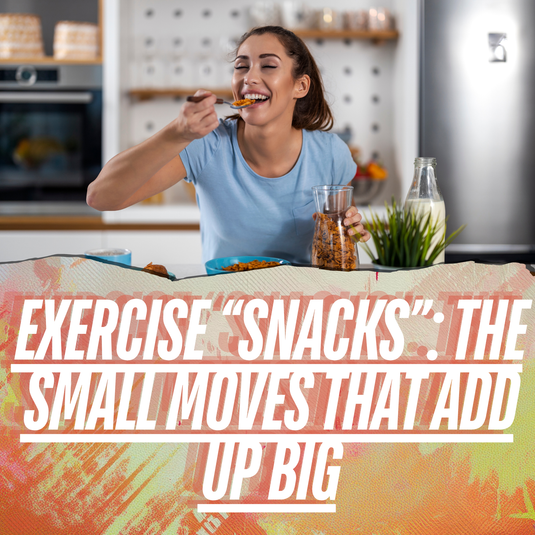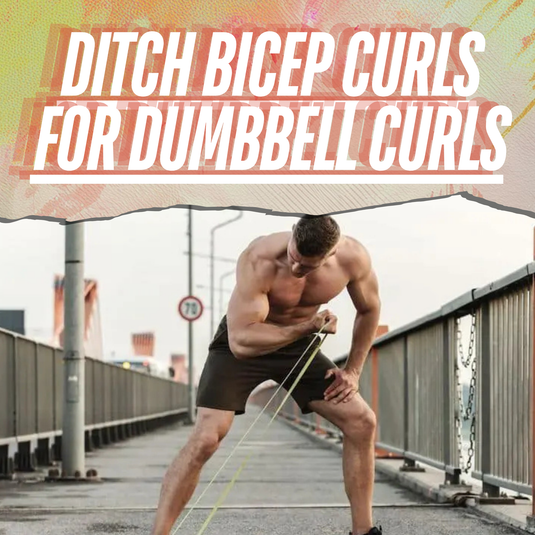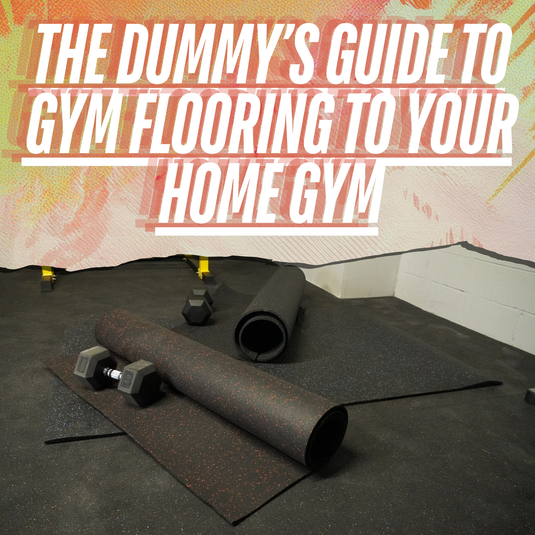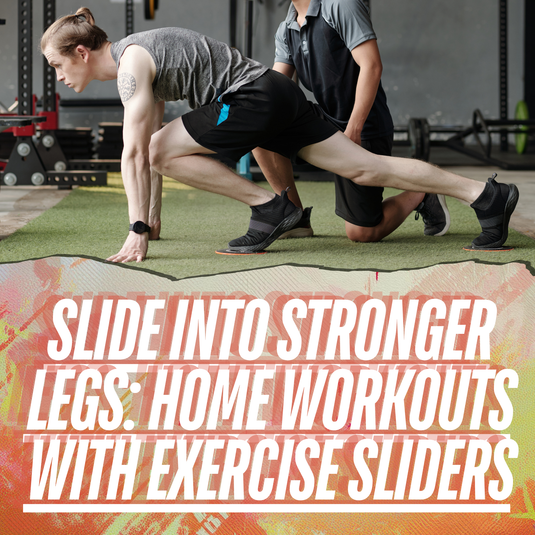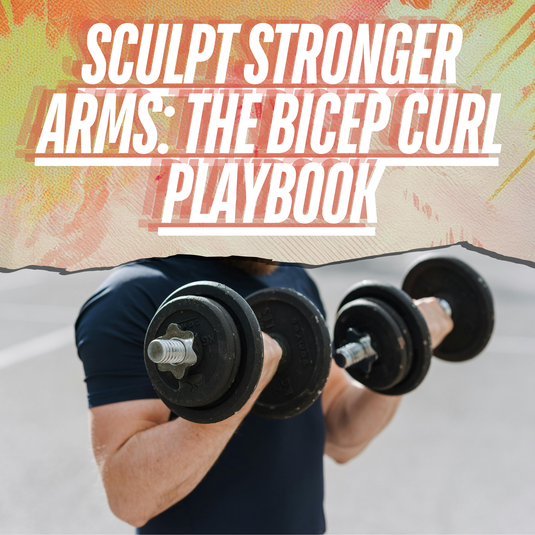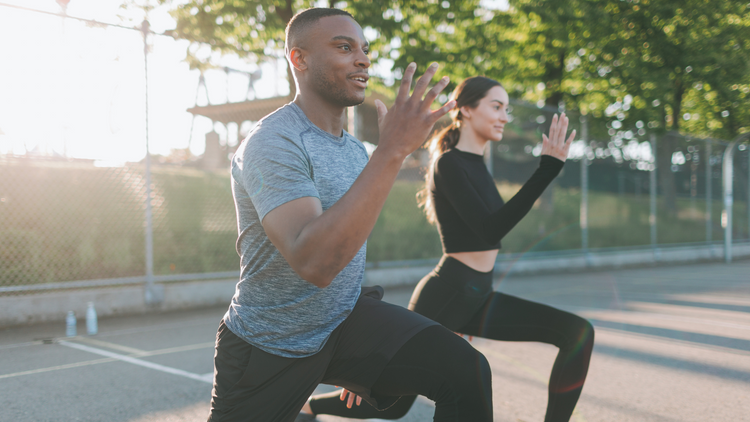5 Exercises to Improve Your Golf Game

⏱️ Estimated Read Time: 6 minutes
🧠 TL;DR
- 5 Exercises to Improve Your Golf Game offers effective, accessible movements for targeted results.
- This guide is designed to help you move smarter, build strength, and stay consistent.
✍️ Summary
This post explores 5 exercises to improve your golf game in a way that’s actionable and easy to follow. Whether you're new to this style of training or leveling up, it includes practical takeaways for your routine.
📚 Table of Contents
Golf is popular as both a game of skill and a sport. Like all other sports, there is a performance component, and in recent years, a greater focus has been placed on that aspect. Most top golfers today have some exercise routine, focusing on movements and exercises committed to increasing their performance on the links.
Some of the benefits of these movements are:
- Increase club head speed - strength is the foundation for more significant expressions of power. The more strength you gain, the greater the power potential.
- Building awareness - When you learn to move correctly with weight, you also understand more about your body. We call that proprioception, awareness of your body in space: the more proprioception, the greater your body's feedback in your swing.
- Building control - Once we know how we move, we can better control how we do it. This is how you build accuracy.
- Pattern reversing - If you swing a golf club a lot, your body does the same thing repeatedly, creating imbalances that might affect your daily life. By performing movements in the opposite direction, you can reduce these imbalances, which creates better full-body strength and help you feel better overall.
"What is the Best Exercise for Golfers?"
Be a suspect of anyone who uses this sentence. To put it bluntly, there is no best. First, every golfer faces different limitations in their swing or needs specific things to increase their golf performance. There are many movements you can do depending on equipment availability. From the casual golfer to the tour pro, everyone might require different types of exercises depending on where they are. The movements in this post are designed to help you build rotational power and total body strength, which is essential for your golf game, but you can do plenty of other great movements.
Helpful Resources:
- Build unlimited workouts for golf here
- Helpful products for golf like this one
- General equipment here
Should Golfers Lift Weights?
Nothing about being a golfer should prevent someone from lifting weights. Similar to the general population, you should perform movements safely and effectively. If you are entirely new to weights, it is a good idea to seek a highly qualified trainer who can perform a proper assessment and learn more about your injury history. They can then learn about your goals, whether sport specific or general and create a custom plan you can follow with safe and effective movements.
Battle Rope Smiles
Position: Stand with your feet a bit more than shoulder-width apart, touching the end of the battle rope on the ground in front of you.
How To: The positioning above ensures you have enough slack in the battle rope to perform correctly. Grip one handle from the battle rope in each hand. The movement is such that your hands move from up near one of your shoulders, down through your waistline, and up through your other shoulder. Think of it like you are drawing smiles in the air in front of you with both hands.
Important: The upper body rotation in this movement makes it ideal for golf. You can rotate your arms, torso, and hips. The critical piece is that it decelerates at your shoulder and then goes in the other direction. You do not want to pause and hold it, but it needs to be redirected.
Helpful Resources:
- Build unlimited workouts for golf here
- Helpful products for golf like this one
- General equipment here
Steps forward require more force on the smiles while moving away makes the exercise easier. Adjusting your distance from the anchor point makes the movement more or less challenging. You can also increase the speed to make it more difficult.
This movement improves rotational power production and will not get you sore because you are using a battle rope.
Kettlebell Swing
Position:
- Stand with your feet shoulder-width apart.
- Stand fully extended arms distance from the bell.
- Do more than pick up the kettlebell and then start trying to generate momentum. You will pull it back between your legs for the initial movement, then use your hips to create upward momentum.
How To: Start with your feet shoulder-width apart, toes facing forward.
- Start your initial hinge before even touching the kettlebell. Take the edge of both hands with your palms facing up. Your fingers should face each other and place them across your hip flexors. Use this as a cue to push your hips into a hinge.
- Reach toward the kettlebell and grab it by the handle. Tilt the kettlebell bottom, so the handle is leaning toward you and the bottom of the kettlebell is partially on the ground.
- The first swing is started by pulling the kettlebell between your legs or "hiking" the kettlebell, like a football center hikes a football to the quarterback. Imagine there is someone behind you whom you would be handing the kettlebell.
- Once the kettlebell is deep inside your hips, create explosive hip extension like you are standing up and let that momentum thrust the kettlebell upward.
- While keeping the weight under control and your lats tight, pull it back toward your thighs when the kettlebell reaches its max height (ideally about chest level).
- As the kettlebell comes back between your legs and you are in the hinged position again, initiate the next swing quickly.
This motion targets the posterior chain, including the hamstrings, glutes, and lats. The kettlebell swing uses the anterior core as a stabilizer.
All of the power production in your golf swing comes from hip extension. The kettlebell swing creates greater ballistic hip extension, eventually producing greater power in your swing.
Overhead Rotational Slam Ball Slams
Position: With your feet shoulder-width apart, the slam ball should be positioned just to the right or left of one of your feet.
How To: You will squat down while reaching toward the slam ball and pick it up with both hands. Drive yourself out of the squat position and use that momentum to raise the slam ball over your head while also turning to the other side. Make sure to keep your core tight while doing this. As you move upward, rotate your momentum in the other direction so that you will slam the slam ball down on your other side. Keep your shoulders down and back, not rounding your back at any point in the movement.
Helpful Resources:
- Build unlimited workouts for golf here
- Helpful products for golf like this one
- General equipment here
Rotational strength is the primary carryover from the weight room to the links. The rotational medicine ball slam carries directly over to resilience in the swing over the course of 18, creating strength with every club head.
Battle Rope Alternating Waves
Position: Start with your feet shoulder-width apart and the ends of the battle rope just touching your feet.
How To: Avoid these common errors many people make with battle ropes. First, too much tension in the battle rope causes you to overgrip and start rounding your back. So, take one giant step forward, so the ends of the battle ropes are at your side while holding them in your hands, not out in front of you. You will raise each arm up and down to generate force down the battle rope, and you should see the energy you create go down the battle rope in the form of a wave. Keep the movements small at first. Keep your chest proud, abs, hips, and back engaged. You can keep your knees slightly bent.
To make this easier, take half a step back. This is like taking weight off a barbell or dumbbell. Add some speed and move your arms at a greater distance to make this more challenging. You can also slow your movement or not move your arms up and down so much.
Battle Rope Alternating Waves build crossbody connections necessary to create awareness in the body for the swing. When considering the golf swing, movement works across the body in almost a spiral across the muscle fascia.
Horizontal Pull Aparts
Position: Start with your feet shoulder-width apart with one end of the resistance band in each hand. They can start just at your waist or somewhere in front of you.
How To: Raise your arms, so they are fully extended in front of you at shoulder height with one end of the resistance band in each hand. Stretch the resistance band apart by pulling it apart and bringing your hands back to the lateral side of your body while they are still fully extended. This should cause the resistance to touch your chest. If you can't stretch your arms this far out, use a lighter band or do half or three-quarters reps. You can make this more challenging by increasing the resistance of the band.
What exercises help hit the golf ball further?
While many movements can help you hit the golf ball further, we have profiled five with varying equipment here to give you some idea. As mentioned above, as you learn more, you can build awareness about what movements you are working on and what is required of each exercise, allowing you to work on other actions that might do the same depending on the available equipment.
It is a good idea to work with someone who can learn about your goals, assess your current state, and make recommendations about how to get where you want to be based on what is available to you. Learn more about it here.
Get free access to some of our workouts with resistance bands, dumbbells, kettlebells, and more here
Helpful Resources:
Want more guidance? Check out our Weekly Dumbbell Workout #1.
📝 FAQs
How often should I do these exercises? +
2–3 times per week is a good starting point for most people.
Do I need equipment? +
Many of these can be done with just your bodyweight or a single kettlebell or dumbbell.
Can beginners do these routines? +
Yes! These movements are designed to scale with your fitness level.


